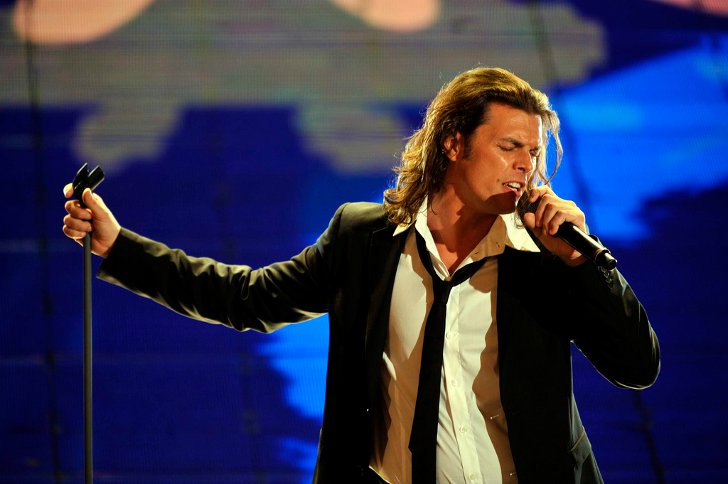The Sanremo Music Festival was created to revitalize the reputation and the economy of the city of Sanremo in the aftermath of the Second World War. Its main creators were Piero Bussetti, the administrator of the Sanremo Casino, and Giulio Razzi, the conductor of the RAI (Rediotelevisione italiana) orchestra. The first edition of the festival was held in January 1951 as the Italian Song Festival (Festival della canzone italiana). The competition featured twenty songs performed by three singers only.
The festival was a success and became an annual event. Its popularity began to grow in the mid-1950s after its finale had been broadcast on television by Italy’s national public broadcasting company RAI as well as foreign broadcasters in France, Belgium, Germany, Switzerland and the Netherlands. The rules of the contest have changed multiple times, but the main idea behind the festival remains the same. The Sanremo Music Festival is a song competition, so the goal is to choose the best song, and not the best performer.
The success of the Sanremo Music Festival even inspired the European Broadcasting Union to launch the famous Eurovision Song Contest. The Sanremo Festival often serves as Italy’s national selection event to choose the country’s entry to the Eurovision Song Contest.
The Sanremo Music Festival has helped launch the careers of some of the country’s most successful singers, of which many enjoy international renown. They include Eros Ramazzotti, Andrea Bocelli, Giorgia, Paola e Chiara, and Laura Pausini.
Contenders compete in two categories: the Big Artist Section including established artists and the Newcomers section featuring up-and-coming singers. The voting occurs during the five evenings of the festival and includes a combination of voting methods (public televoting, press jury, demoscopic poll, and expert jury).

Photo by Dania Battestini




